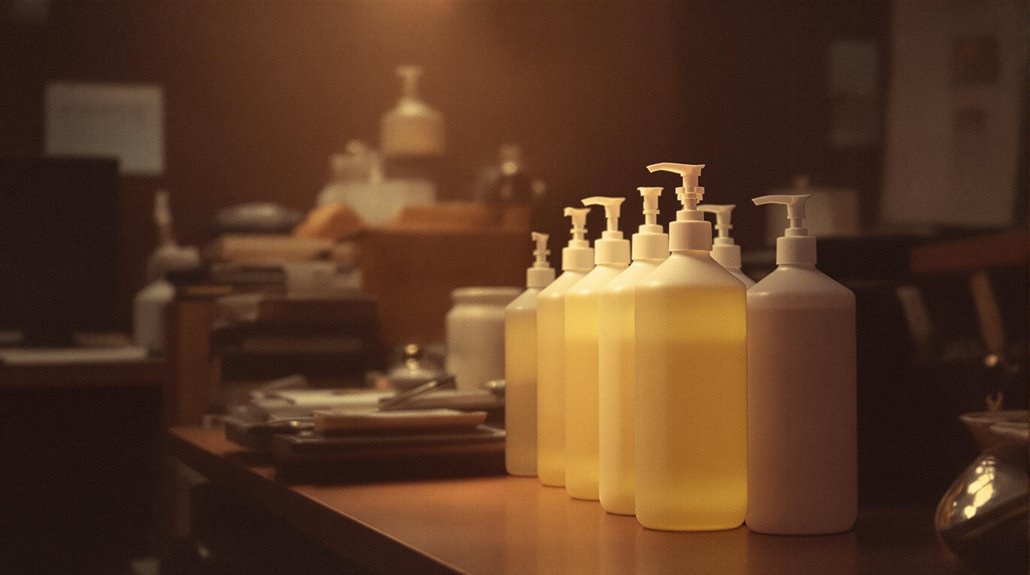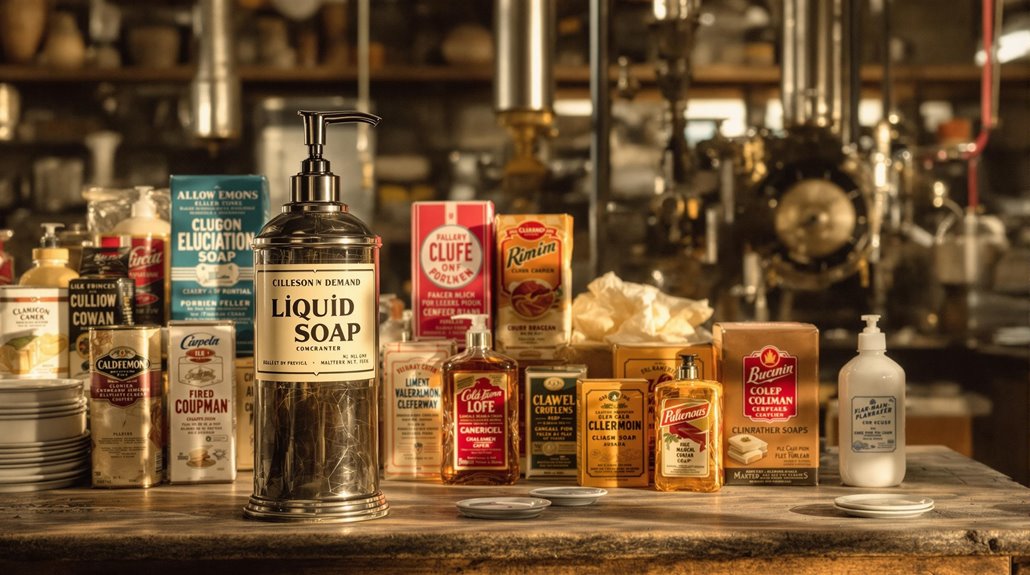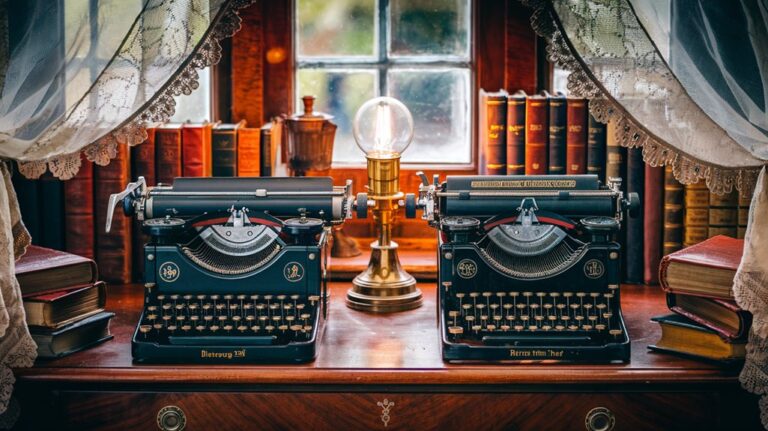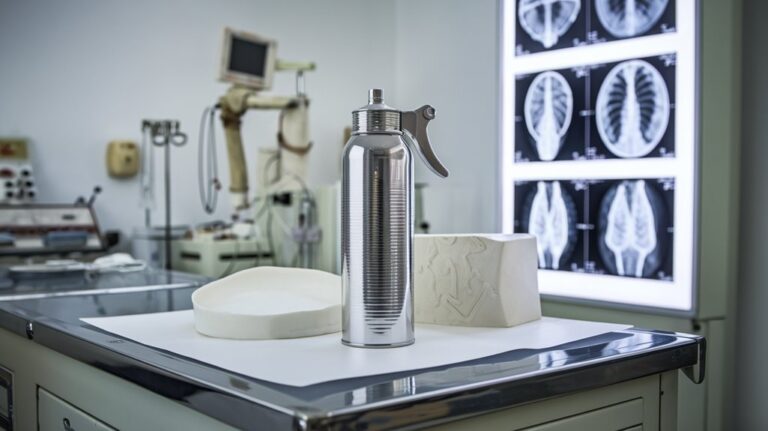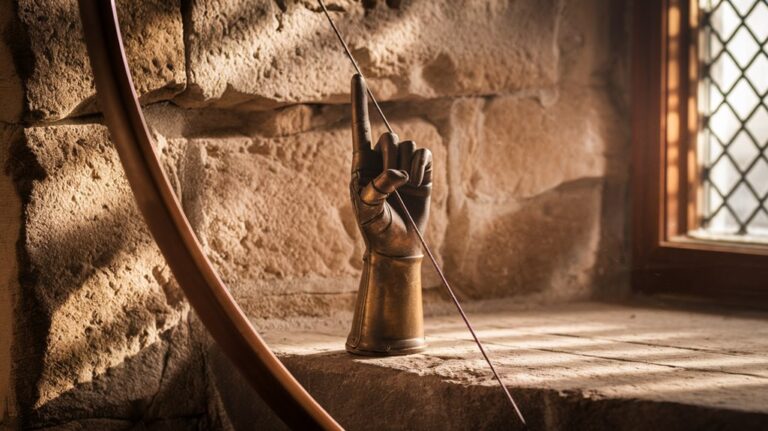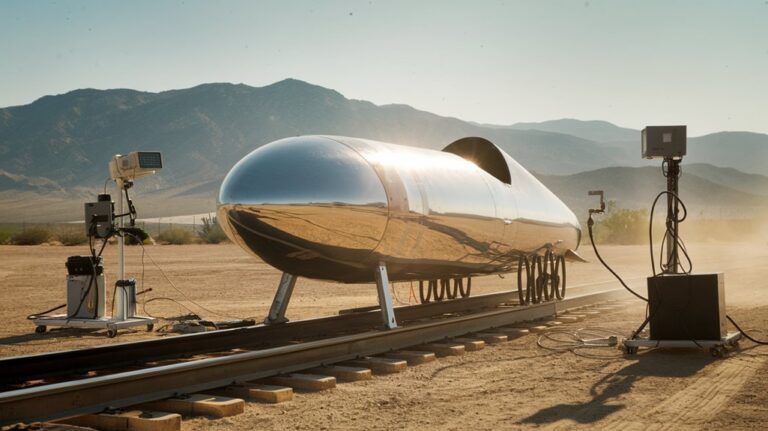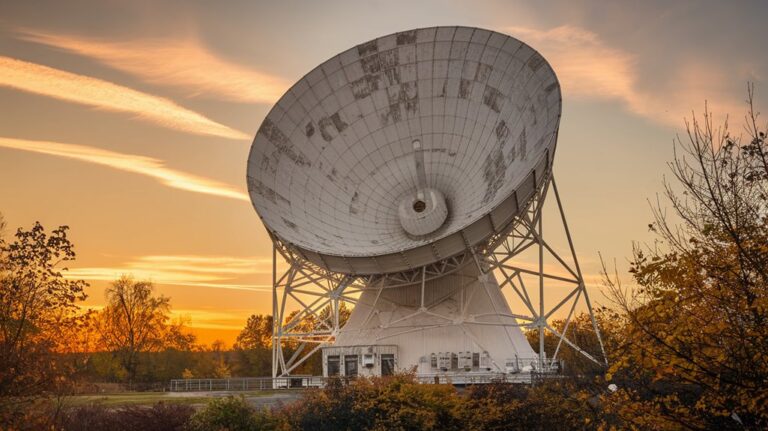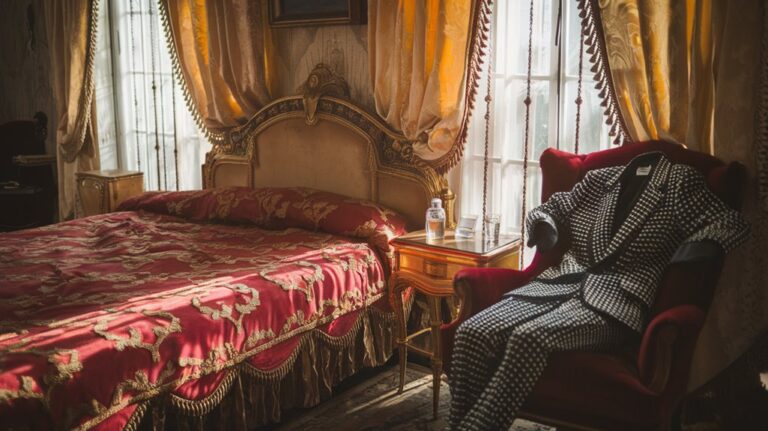He Bought Every Pump: The Clever Liquid Soap Monopoly
You've probably never considered how liquid soap dispensers transformed from a novel idea into a bathroom staple. In 1978, Robert Taylor executed one of the most brilliant business moves in consumer goods history: he cornered the market on plastic pumps. By investing $12 million to secure every available pump from America's sole manufacturer, Taylor didn't just launch Softsoap—he effectively locked out major competitors for an entire year. What happened next would reshape the entire soap industry.
The Birth of SoftSoap and Taylor's Vision
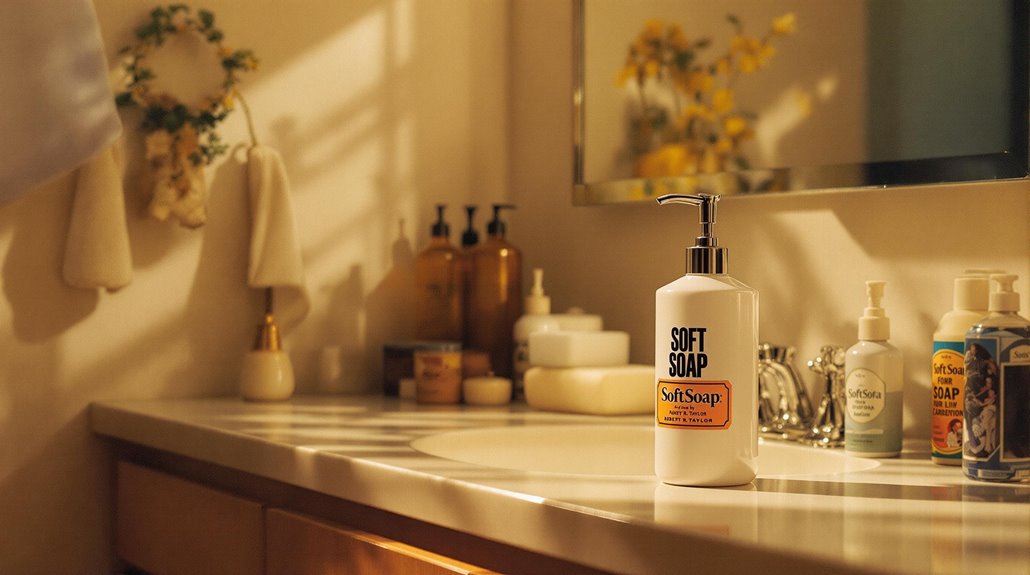
While liquid soap existed since William Shepphard's 1865 patent, it didn't reach household prominence until Robert R. Taylor revolutionized the market in 1980.
You might wonder how Taylor's journey led to this Softsoap innovation. After earning his MBA from Stanford and working at Johnson & Johnson, he founded Minnetonka Corporation in 1963 with just $3,000.
Taylor's initial venture selling hand-rolled soap balls in decorative containers wasn't groundbreaking, but a simple drive to work sparked his game-changing idea. He would often involve his family in product development by conducting soap tests at bathtime with his children.
Through home experiments, he developed a liquid hand soap that would transform American bathrooms forever. The formula contained hartshorn for thickness, making it perfect for dispensing. Despite liquid soap's industrial and medical use for decades, Taylor saw untapped potential in the consumer market.
His vision culminated in Softsoap's launch, backed by a bold $7 million advertising campaign.
The Strategic Pump Monopoly Move
After identifying a critical vulnerability in the liquid soap supply chain, Taylor executed one of the most audacious business moves in consumer product history.
His pump procurement strategy targeted Calmar, the only U.S. manufacturer capable of producing pumps at scale for mass production.
Taylor's market strategy was brilliantly simple yet bold – he'd buy every available pump. He needed $12 million to secure 100 million pumps, effectively tying up Calmar's production for an entire year. Test audiences had already shown strong approval for the liquid soap concept, giving him confidence in the investment.
Though he'd to wait until after the product launch to have sufficient funds, the risk paid off. By signing an exclusive contract with Calmar, Taylor forced them to drop other business, preventing competitors from entering the market.
This strategic move helped Minnetonka maintain a 50% market share until the monopoly ended. The success led to $61 million sale to Colgate Palmolive, validating Taylor's bold strategy.
Dominating the Early Liquid Soap Market
Before Softsoap hit store shelves in 1980, liquid soap remained largely confined to hospitals and industrial settings.
When Minnetonka Corporation spotted this untapped consumer market, they revolutionized the industry by bringing liquid soap into homes across America. Their timing aligned perfectly with the historical trend, as synthetic detergents had been gradually replacing traditional soaps since their introduction in 1916. Much like the ancient Romans, they recognized soap's essential role in daily hygiene and aimed to make it more accessible to the general public.
Here's how Minnetonka dominated the early liquid soap market trends:
- They identified a massive shift in consumer preferences away from traditional bar soaps.
- They transformed an industrial product into a household necessity.
- They secured exclusive control of pump dispensers, blocking major competitors.
- They maintained market dominance until Colgate-Palmolive's acquisition in 1987.
This strategic market entry, combined with their pump monopoly, allowed Minnetonka to establish Softsoap as the leading brand in the domestic liquid soap category, despite pressure from industry giants like Colgate and Procter & Gamble.
Competitors Rise and Market Share Battle
Despite Minnetonka's early market dominance, the 1980s and 1990s saw an influx of major competitors that dramatically transformed the liquid soap landscape.
You'd see household names like Procter & Gamble, Unilever, and Dial Corporation enter the market with their own liquid soap offerings, leading to intense market saturation.
As competitors pursued aggressive brand differentiation strategies, they introduced antibacterial formulations, foam alternatives, and eco-friendly options. Recent trends show manufacturers focusing on natural and organic liquid soaps to meet growing consumer demand.
The market continues to evolve with companies developing automatic dispensers and innovative packaging solutions.
They also expanded distribution beyond traditional grocery stores into mass merchandisers and online channels.
The battle for market share intensified through price wars, bulk sizing, and promotional discounts. Store brands and value options further challenged premium pricing.
The result? Softsoap's commanding 70% market share plummeted to 30% by the early 1990s as consumers gained more choices in both retail and institutional markets.
The Sale to Colgate-Palmolive
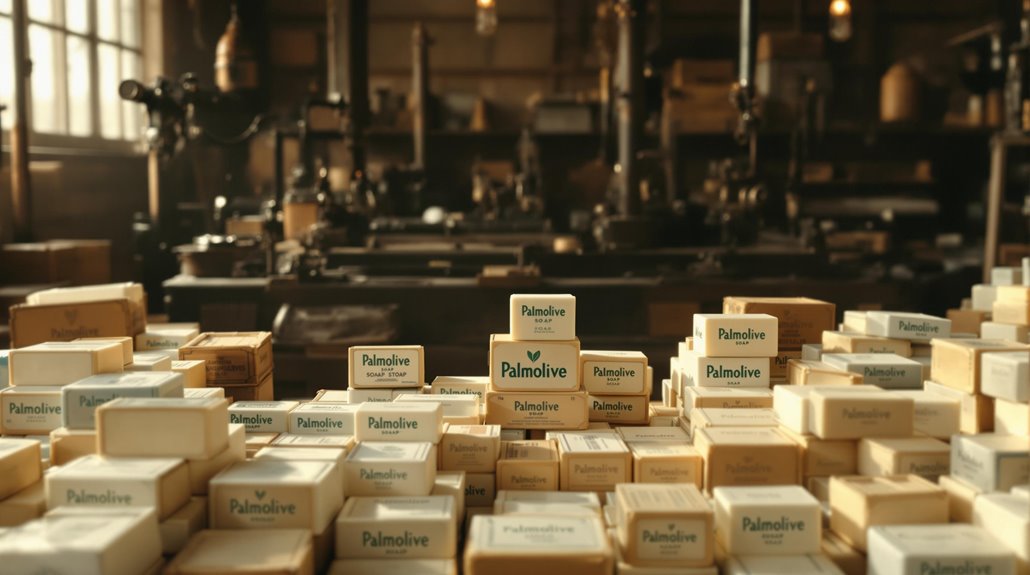
The 1987 acquisition of Softsoap by Colgate-Palmolive marked a strategic turning point in the liquid soap industry.
These brands achieved combined sales of $75 million, demonstrating significant market potential.
The company continued its strategic expansion with the €672 million acquisition of Sanex from Unilever PLC in 2011.
You'll recognize this move as part of Colgate's broader acquisition strategy to dominate the personal care segment while strengthening their market positioning in Europe and beyond.
Here's what made this deal significant:
- It established Colgate as the worldwide leader in liquid soap
- It complemented their existing Palmolive brand perfectly
- It expanded their presence in the shower gel market
- It reinforced their global distribution network
While the exact purchase price wasn't disclosed, you can see how this acquisition set the stage for Colgate's future moves.
They'd go on to acquire Mennen for $670 million in 1992 and S.C. Johnson's soap brands in 1993, solidifying their commitment to high-margin personal care products.
 disease-related fatalities by up to 50%.
disease-related fatalities by up to 50%.
The liquid soap market is currently valued at $27.08 Billion in 2024, demonstrating its significant market presence.
While Asia Pacific leads with nearly 37% market share, South Asia's impressive 9.8% CAGR demonstrates untapped potential in emerging markets.
The legacy of the liquid soap monopoly continues to shape product development, as manufacturers focus on natural ingredients, sustainable packaging, and specialized formulations for different applications across commercial and healthcare sectors.

